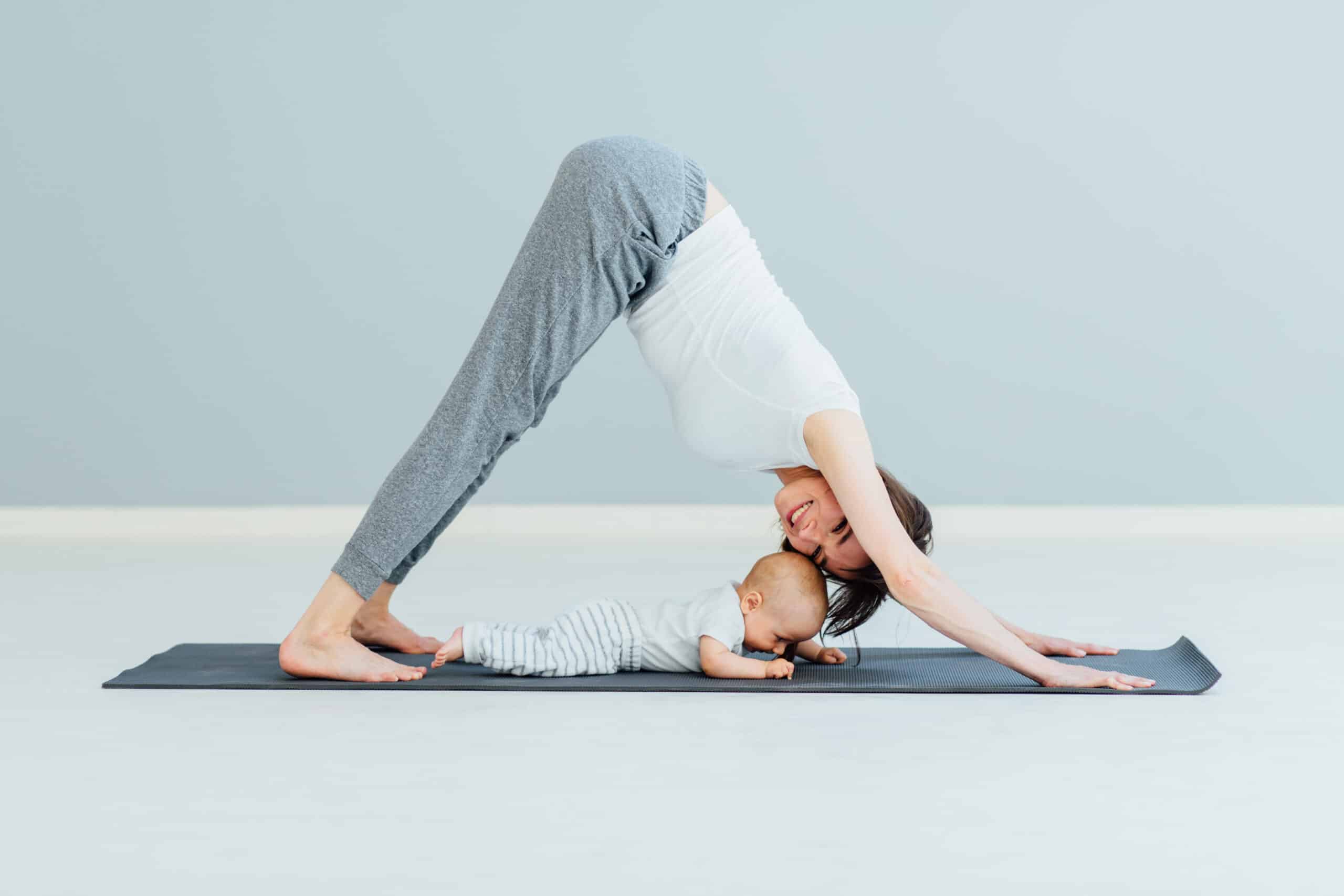I Tried It: Could Learning to Meditate Change How You Handle Stress?
Home » Stress Less » I Tried It: Could Learning to Meditate Change How You Handle Stress?
Take it from a Harvard-trained doc, there is a case for the power of meditation.
“The case for the use of the relaxation response by healthy but harassed individuals is straightforward,” says Herbert Benson, MD. “It can act as a built-in method of counteracting the stresses of everyday living, which bring forth the fight-or-flight response.”
Dr. Benson published The Relaxation Response based on his research at Harvard in 1975, and the book was way ahead of its time. It made a detailed case for the many science-backed benefits of meditation long before Oprah hosted 30-day challenges with Deepak and trendy studios charged $30 per person for sitting in stillness.
A few months ago, my doctor “prescribed” it to me after she searched desperately for an explanation as to how my blood pressure could possibly be high, given my knowledge of nutrition, 5-day-a-week exercise regimen, and overall good health.
I’d been sort of “learning to meditate” for at least five years, dropping into classes, attending events, testing out new apps … but nothing ever stuck and I was never able to commit, even though I knew I should.
RELATED: How to Create a Mindful Morning Routine
A book written by a researcher in the 70s intrigued me, even if I already knew a lot of the science, and as soon as I dug into it, that quote struck me as genius. “Healthy but harassed,” I circled. What phrase could better explain the state of so many busy working people in the modern world? We prioritize waking up at 5 a.m. for spin class and adding 50 superfoods to every smoothie but the nonstop stress of long work hours and other responsibilities is something “normal” to take in stride. Until we have high blood pressure at age 31.
I decided it was time to finally prioritize learning to meditate.
Why Learning to Meditate Matters
Since researchers like Dr. Benson started studying meditation decades ago, they’ve observed that the technique can reduce oxygen consumption, respiratory rate, and blood pressure. Essentially, it slows down all of the things that speed up when you’re stressed.
This is important because scientists believe the pace and stressors of modern life cause the body to initiate the “fight-or-flight” response way too often, and that response leads to chronic stress, which sparks inflammation. Learning to meditate can help counteract that.
RELATED: 3 Important Inflammation Triggers that Aren’t Foods
Over the years, studies on whether meditation is effective at reducing stress have demonstrated mixed results, but many point towards real benefit. One meta-analysis found the evidence on Transcendental Meditation’s ability to reduce stress is particularly strong. (It’s the most studied form because its protocol is so established and has had a strong organization promoting it for a long time.) There are also many, many brain-health benefits, but we’re sticking to stress, here.
I Tried It: Learning to Meditate
The trouble is that as effective as meditation can be, it’s friggin’ hard, especially if you’re a high-strung, type-A person like me (which means you need it more, obviously) and sitting still just isn’t in your DNA.
I decided to try meditating for 10 minutes a day for 30 days straight. First, I downloaded some apps with free guided meditations. I completed five over the course of about three weeks, each time noting how great I felt after…and then I fell off.
RELATED: A 2-Minute Calming Meditation that Really Works
Finally, I downloaded Headspace. So many people had been telling me how amazing it was, but I had initially resisted. Cartoons? A monthly fee? Once I started using it, everything shifted. I did a 10-minute meditation nearly every day for 30 days and it wasn’t even that difficult to keep it going.
For me, Headspace works for two reasons. One, I like the structured programs. There are 10-day packs that teach you the basics and then 10- and 30-day programs on different themes (like acceptance, relationships, etc.). Having it laid out that way made me feel like I was committed to something I wanted to complete. Two, the technique taught by founder Andy Puddicombe is simple and tailored to modern life. His spiritual insights are smart and straight-forward and he speaks in terms that make me feel like he understands what’s in my head, not in tired, meaningless inspirational quotes (which is often how I feel about meditation teachers…).
This isn’t an ad for Headspace, though. I know other people who swear by Insight Timer, Buddhify, and OMG I Can Meditate. I know people who love going to group classes, people who just set a timer and sit in silence by themselves, and people who like the bigger commitment styles, like Vedic or Transcendental Meditation.
Just like a workout, it’s about finding the one that works for you. In the Relaxation Response, Dr. Benson identifies four elements he says should be present in order to “initiate the response,” AKA for meditation to work. They are: a quiet environment, an object to dwell upon (like your breath or a mantra), a passive attitude, and a comfortable position.
Of the four, the “passive attitude” is the most important. When learning to meditate, you have to let go of the need to control what’s happening. You have to be able to observe distracting thoughts but not get weighed down by them, to accept your progress instead of trying succeed.
For me, when I finally felt like I could do this, that’s when I started to feel meditation’s effects in my daily life. In my ability to deal with browser crashes and frustrating meetings and relationship challenges from just a slightly less frenzied place.
A Headspace video illustrates the same phenomenon with a metaphor. You’re sitting on the side of the road and traffic is flying by. Instead of chasing every car, you watch them pass and then forget them. “The volume of the traffic isn’t important, how you relate to it is,” Puddicombe says.
I haven’t had my blood pressure re-tested, yet … but I’m not going to stress about the numbers in the meantime.
The Nutritious Life Editors are a team of healthy lifestyle enthusiasts who not only subscribe to — and live! — the 8 Pillars of a Nutritious Life, but also have access to some of the savviest thought leaders in the health and wellness space — including our founder and resident dietitian, Keri Glassman. From the hottest trends in wellness to the latest medical science, we stay on top of it all in order to deliver the info YOU need to live your most nutritious life.
RECENT ARTICLES

Want a sneak peek inside the program?
Get FREE access to some of the core training materials that make up our signature program – Become a Nutrition Coach.
Get Access"*" indicates required fields
 Stress Less
Stress Less












































































































































































































































































































































































































































































































































































































































































































































































































































































































































































































































































































































































































































































































































































































































